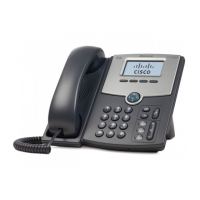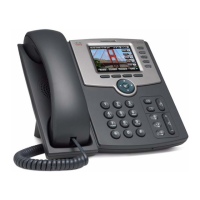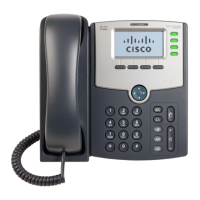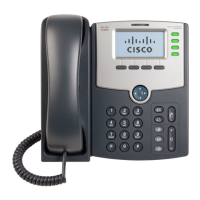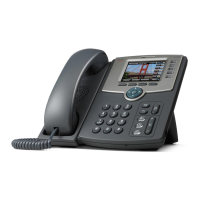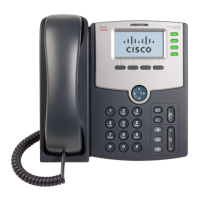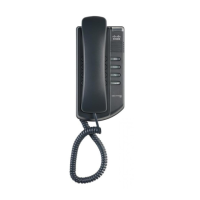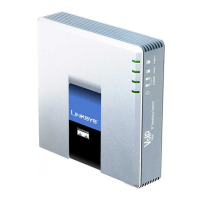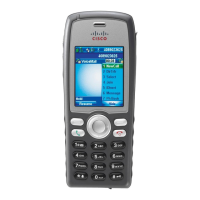Configuring the Cisco SPA500S Attendant Console
Setting Up the Cisco SPA500S Attendant Console
Cisco Small Business SPA300 Series, SPA500 Series, and WIP310 IP Phone Administration Guide 218
9
STEP 1 Connect to the configuration utility for the phone to which the Cisco SPA500S is
connected.
STEP 2 Click Admin/Advanced on the configuration utility page.
STEP 3 Click the SIP tab.
STEP 4 Select yes from the
CTI Enable
drop-down list.
STEP 5 Click the Attendant Console tab.
STEP 6 Select yes from the
Unit 1 Enable
drop-down list. If you have installed two Cisco
SPA500S units, also select yes from the
Unit 2 Enable
drop-down list.
STEP 7 Select your
Server Type
from the drop-down list:
• SPA9000
• BroadSoft
• Asterisk
STEP 8 Make sure that no is selected for
Test Mode Enable
. This option is disabled by
default. You cannot complete the software configuration for the Cisco SPA500S if
this option is enabled. (You can use Test Mode Enable later to test the Cisco
SPA500S.)
STEP 9 Create a configuration script for each target extension or user you want to monitor
using the Cisco SPA500S. Enter this script in the appropriate field for each unit/
key. See “Unit/Key Configuration Scripts” section on page 218.
STEP 10 Click Submit All Changes.
Unit/Key Configuration Scripts
By default, all LEDs on the Cisco SPA500S are assigned to the first configured
extension on the phone to which it is connected. Assign the LEDs to any of the
other five extensions on the phone that you want to monitor using the Cisco
SPA500S.
The configuration script is composed of the following keywords, followed by an
equal sign (=) and separated by semicolons (;):
• fnc—defines which of the following functions are enabled for the specified key
[separate more than one function with a plus sign (+)]:
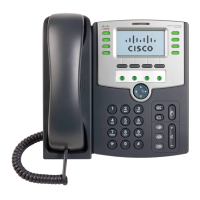
